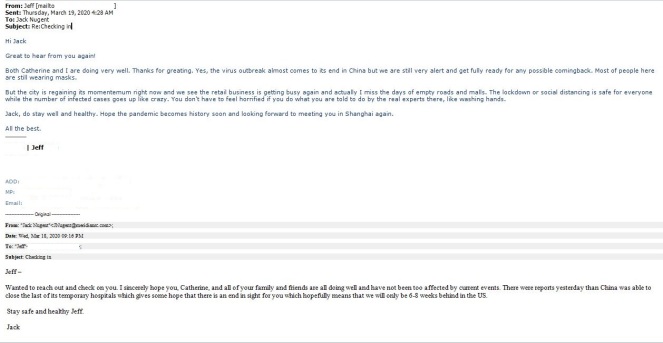Looking to the future – dealing with lease related issues
March 30, 2020
Hopefully, in the next few weeks, we will be slowly but steadily getting back to a new normal. We will all be faced with the question of minimum rents during this period from both the landlord and tenant perspective. But there will be other issues we will all have to consider as we come out of this. We addressed breakpoints in a blog last week – “and the breakpoint shall be likewise abated.”
However, there are many other issues we may have to consider. What will the occupancy period be when allocating expenses for the year? Will it remain 366 days, or will we drop it by the number of days we were forced to shut down? What if we were not forced to shut down, but did? What if most of the center shut down, but a few tenants (supermarkets, home improvements, discount superstores) remained open? Do those expenses get allocated across the entire GLA of the center using 366? Do we treat them almost as after hour expenses and allocate them among the tenants that remained open and then use the net occupancy period? What if theaters’ and restaurants’ maximum occupancy loads are reduced to allow for continued social distancing? Do we consider the flat reduction %, or can we consider what the restaurants’ and theaters’ occupancy load was pre-shut down and come off by that much lesser percentage? There are so many more that will come up over the next 12 months as we reconcile all of our leases for 2020. It is better to consider some of these issues now as we start to go through the rent relief exercise so that we do not have to deal with open issues again next year.
Personally, I think we should be fairly optimistic about commercial real estate. The whole country – no, really world – is recognizing that being out and about in a shopping center, mall, office, mixed use property, house of worship, park, greenspace and in any other type of social gathering is preferable to isolation. There will be some continued pain after the fact as we deal with these post-grand re-opening issues. But compared to the pain of isolation and non-operation, that’s a “good” pain.




